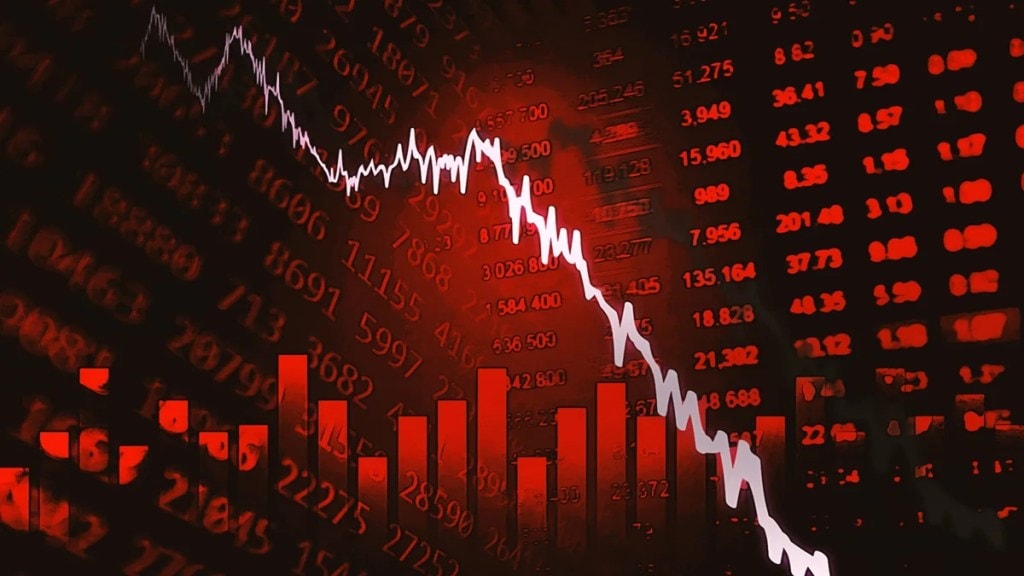The biggest stock market crash in history occurred on October 28, 1929, 96 years ago. In fact, the big 1929 stock market fall started on October 24, 1929, often referred to as Black Thursday, when the New York Stock Exchange lost 11 % of its value.
On Black Monday, October 28, 1929, the Dow declined nearly 13 percent. On the following day, October 29, referred to as Black Tuesday, the market dropped nearly 12 percent.
Shareholders lost over $14 billion in value in a single day on October 29, when over sixteen million shares were traded. To put this in perspective, in those days, three million shares trading in a single day was regarded as a busy day on the stock market. By 1970, average daily shares were 12 million, while in 2010, the Average daily shares hit over 2300 million.
The greatest single-day stock market crash occurred on October 19, 1987, also known as ‘Black Monday,’ when the sell-off led to a major stock market meltdown. The Dow Jones Industrial Average dropped 508 points, or 22.6% of its value, with over $500 billion wiped out in a single trading session.
The 1929 stock market crash remains one of the most widely discussed events in the investment community. Here’s what transpired leading up to the iconic 1929 Dow Jones stock market crash.
The 1920s saw the global economy peak, with the US leading, leading to unprecedented stock values, despite the underlying economy’s weakening and not reflecting it.
Between August 1921 and September 1929, the Dow Jones Industrial Average increased six times, from 63 to 381. The Dow Jones index reached a record high of 381.2 in September 1929, rising from 191 in early 1928. Thereafter, the big meltdown happened.
The Dow had nearly lost half of its value by mid-November. The decline persisted into the summer of 1932, when the Dow closed at 41.22 points, 89 percent below its peak and the lowest closing value of the twentieth century. November 1954 saw the Dow reach its pre-crash levels once more.
Many banks had invested in the stock market themselves and lent money to people to invest in stocks. The US banking system’s collapse was a major factor in the Great Depression. As more and more people began taking out cash, banks’ cash reserves began to run low, which led to many of them failing.

